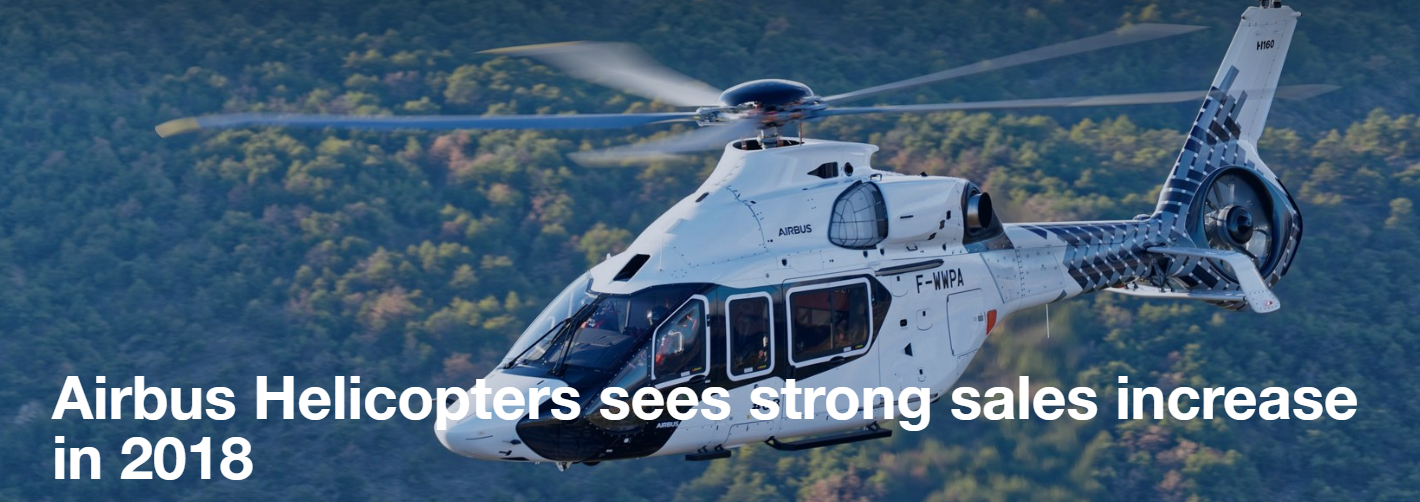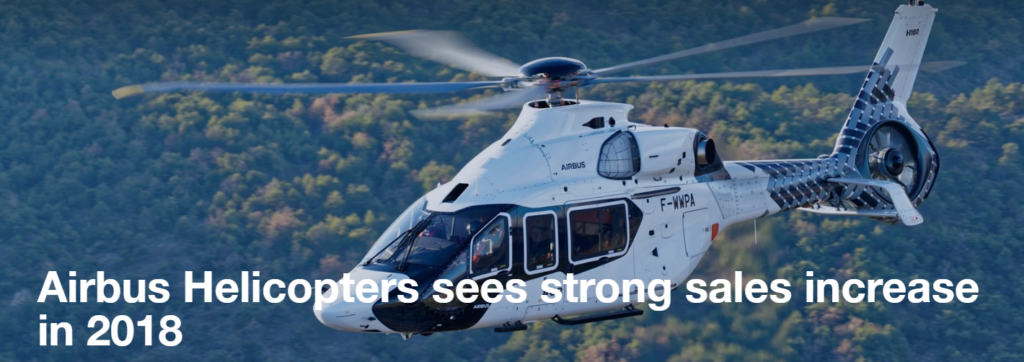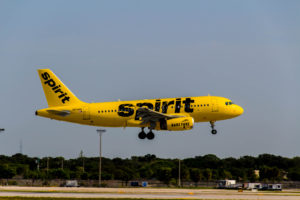Demonstrating unmatched airport performance, Dassault’s Falcon 8X recently set a new coast-to-coast speed record, flying from Santa Monica and its notoriously short 3,500 foot runway to Teterboro, New Jersey. The flight took just 4 hours and 28 minutes with overall poor tailwinds, averaging just five knots, over the trip.
“Business aviation is about flying precisely where you need to be. Today’s flight on the Falcon 8X embodies everything that advanced design can accomplish: unparalleled airport performance, a quiet noise footprint and extended capability, all in a large cabin business jet,” said Eric Trappier, Chairman and CEO of Dassault Aviation. “This is not possible in any other business jet in the ultra-long range class.”
The mission, with four passengers and 200 pounds of payload, beat a previous speed set when Santa Monica’s runway measured 5,000 feet, by 24 minutes. Santa Monica represents a specific challenge because of the length of its 3,500 foot runway and its strict noise abatement departure procedure. The airplane needed less than 2,000 feet of runway upon landing and a balanced field length only of 3,200 feet when it departed at 8:08 a.m. local time. Incredibly, the departure procedure and climb-out measured significantly below the 95 dBA SEL sound limit. The 8X landed in Teterboro at 3:36 p.m. local time.
The record is pending official ratification by the National Aeronautic Association (NAA) in Washington, DC.
The new speed record follows a series of records set in 2018, including a challenging mission from London City that crossed the Atlantic Ocean to Beverly, Massachusetts, an immediate suburb of Boston, in 6 hours and 44 minutes. London City’s stringent noise rules, short runway and steep glide scope limit the airport to very few aircraft types. All production Falcon aircraft are certified to operate at London City.
Since its entry into service in late 2016, the Falcon 8X has been widely recognized not only for its superior performance—including its ability to land at airports like Aspen, Lugano and Gstaad, Switzerland whose challenging approaches typically limit access to very few ultra-long range business jets—but also for its unrivaled comfort and ultra-silent cabin, the quietest in the industry.











